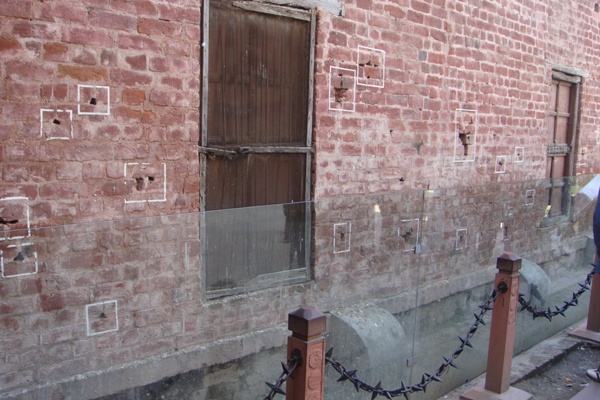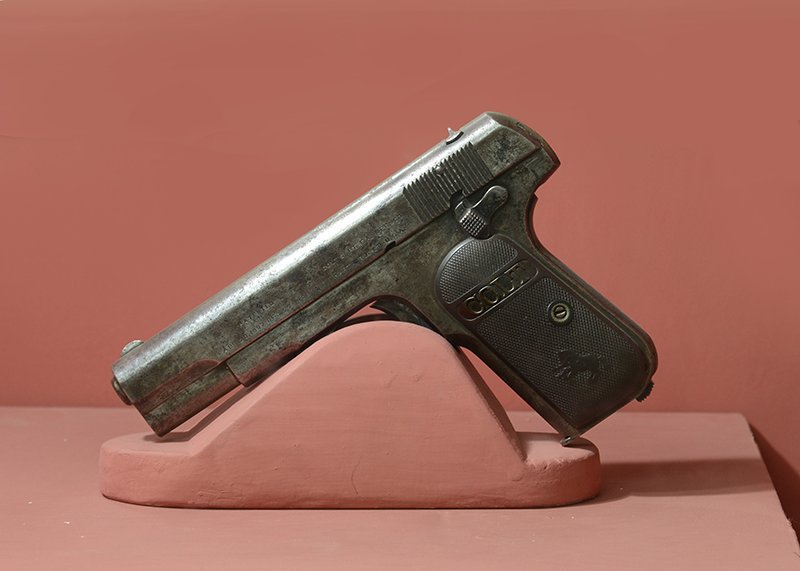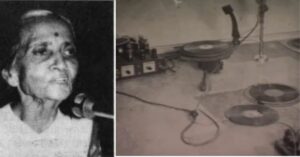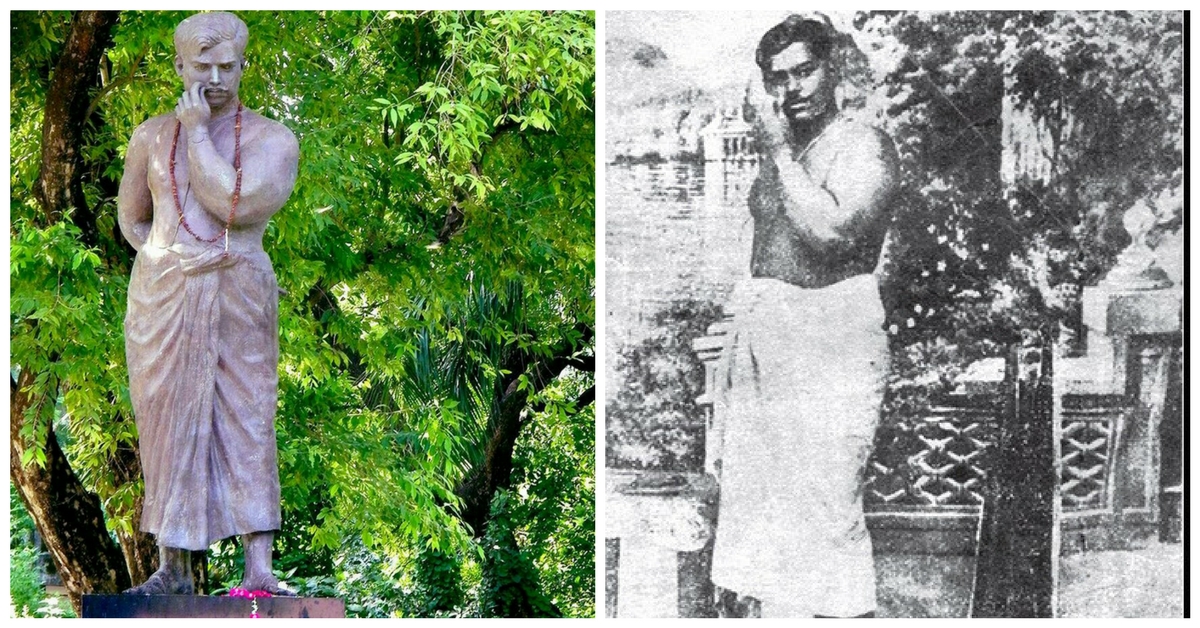‘Quick Silver’ Azad: The Man Who Made the British Raj Break Into a Cold Sweat
Here's the story of Chandra Shekhar Azad, the legendary freedom fighter whose name made the police of the British Raj break into a cold sweat

“Dushman ki goliyon ka hum samna karenge, Azad hee rahein hain, Azad hee rahenge.” (Will face the foe’s bullets, but I am free and I shall remain free.) – Chandra Shekhar Azad
The year was 1925. On August 9, as the No.8 Down Train from Shahjahanpur to Lucknow was approaching Kakori, a man in the second class compartment pulled the chain and the train stopped abruptly.
Ashfaqulla Khan got off with his friends Sachindra Bakshi and Rajendra Lahiri — he had completed the first part of his duty in the Kakori plot. The trio then joined their fellow revolutionaries from the newly established Hindustan Republican Association (HRA) in subduing the train’s guard and looting the official cash aboard it.
Shaken by the incident, the colonial authorities arrested more than two dozen HRA members within a month of the attack. During the famous trial that followed, four of the revolutionaries were hanged, four were sent to the Andamans for life, and 17 were sentenced to long prison terms.
Only one among the Kakori conspirators remained at large, a man who the police of the British Raj was never able to catch — Chandra Shekhar Azad.

Here’s the story of the legendary freedom fighter whose name made the police of the British Raj break into a cold sweat
Born on July 23, 1906, to Pandit Sitaram Tiwari and his third wife Jagrani Devi, Chandra Shekhar spent his early childhood in the Bhabra village of Madhya Pradesh’s Jhabua district in Madhya Pradesh. His father worked at the erstwhile estate of Alirajpur while his mother managed their home.
Chandra Shekhar’s mother wanted him to become a Sanskrit scholar and so the young lad was sent to Kashi Vidyapeeth in Varanasi for higher studies. It was here that he became aware of turmoil India was in as well as the nationalist struggle for freedom.
Deeply affected by the Jallianwala Bagh massacre of 1919, 15-year-old Chandra Shekhar joined the Non-Cooperation movement launched by Mahatma Gandhi.

During one of these protests, he was arrested and presented before the district magistrate. When the district magistrate asked for his name, Chandra Shekhar proudly proclaimed his name as “Azad“.
The irate Englishman then asked for his father’s name to which the plucky teenager replied undauntedly, “My name is Azad (Free). My father is Swatantra (Independence). And the jail is my home.”
Infuriated by his audacious answers, the magistrate sentenced Chandra Shekhar to 15 lashings. But instead of being cowed, the brave teenager steeled his resolve and took the punishment enthusiastically. And so the word ‘Azad’ stuck, becoming an inseparable part of his name.
After the Non-Cooperation movement was suspended in 1922, a disheartened Azad began leaning towards more aggressive and revolutionary ideas. He became an active member of the HRA and came in contact with its founder Ram Prasad Bismil.
In fact, it was Bismil who gave the moniker ‘Quick Silver’ to Azad, in the honour of the revolutionary’s agility, restlessness and ever-present enthusiasm for new ideas.
Interestingly, Azad was a master of disguises and would himself conduct recon operations to find out crucial details. For instance, he once needed to make Jhansi his operation ground for a few months without alerting the British. So he built a hut on the banks of the Satar River and started teaching local children under the alias of Pandit Harishankar Brahmachari!
Unsurprisingly, Azad quickly started playing a pivotal role in HRA’s most dangerous missions, including the Kakori Train Robbery of 1925 and the assassination of assistant superintendent of police John Saunders in 1928 to avenge the death of Lala Lajpat Roy.
Despite the British intensifying their search operations after these incidents, they were never able to catch the slippery revolutionary. The same year, Azad transformed the HRA into Hindustan Socialist Republican Association (HSRA) with the help of revolutionaries like Bhagwati Charan Vohra, Bhagat Singh, Sukhdev Thapar and Rajguru to achieve their primary aim of an independent India based on socialist principles.
But a tragedy was approaching, In 1931, the police had been tipped by an informant about a meeting between Azad and his friend Sukhdev Raj. On February 27, they set up a cordon with a troop of 80 sepoys to surround the sprawling Alfred Park in Allahabad and moved in to arrest the cornered revolutionaries.
But Azad and his friend refused to surrender and opened fire, taking refuge behind a tree.

More than three dozen rifles battled against two pistols. Whenever the firing paused, the police would attempt to close in, only to be driven back by a hail of bullets. Soon, two policemen lay dead and several others had been injured.
By this time, Azad had also been shot in the right thigh. Undaunted, the injured revolutionary engaged the police in another fierce bout of firing that helped his friend escape. Knowing he could not escape, he decided to honour a vow he had made to himself — that the police would never be able to catch him alive.
And true to this, he fired at the police for as long as he could before shooting himself dead with the last bullet in his Colt pistol. He was only 24.

To honour the incredible sacrifice of this legend, the park has been renamed Chandra Shekhar Azad Park. A statue of Azad — muscular, bare-chested and twirling his moustache — has also been installed near the tree where he died and visited by hundreds of people every day.
However, the most meaningful tribute we can pay to this hero is perhaps adopting the example he set – that of deep love and dedication towards one’s nation – in our own lives. For as Chandra Shekhar Azad himself said, “If yet your blood does not rage, then it is water that flows in your veins. For what is the flush of youth, if it is not of service to the motherland.”
Also Read: Shivaram Rajguru and Sukhdev Thapar — The Forgotten Men Who Shook Up The British Raj
Like this story? Or have something to share? Write to us: [email protected], or connect with us on Facebook and Twitter.
NEW: Click here to get positive news on WhatsApp!

Similar Story

When a 22-YO Ran a Secret Radio Station for India’s Freedom: Usha Mehta’s Biopic
In the upcoming biopic Ae Watan Mere Watan, actor Sarah Ali Khan will essay the role of freedom fighter Usha Mehta, who ran a secret radio station at a crucial point in India’s freedom struggle.
Read more >
If you found our stories insightful, informative, or even just enjoyable, we invite you to consider making a voluntary payment to support the work we do at The Better India. Your contribution helps us continue producing quality content that educates, inspires, and drives positive change.
Choose one of the payment options below for your contribution-
By paying for the stories you value, you directly contribute to sustaining our efforts focused on making a difference in the world. Together, let's ensure that impactful stories continue to be told and shared, enriching lives and communities alike.
Thank you for your support. Here are some frequently asked questions you might find helpful to know why you are contributing?


This story made me
-
97
-
121
-
89
-
167













